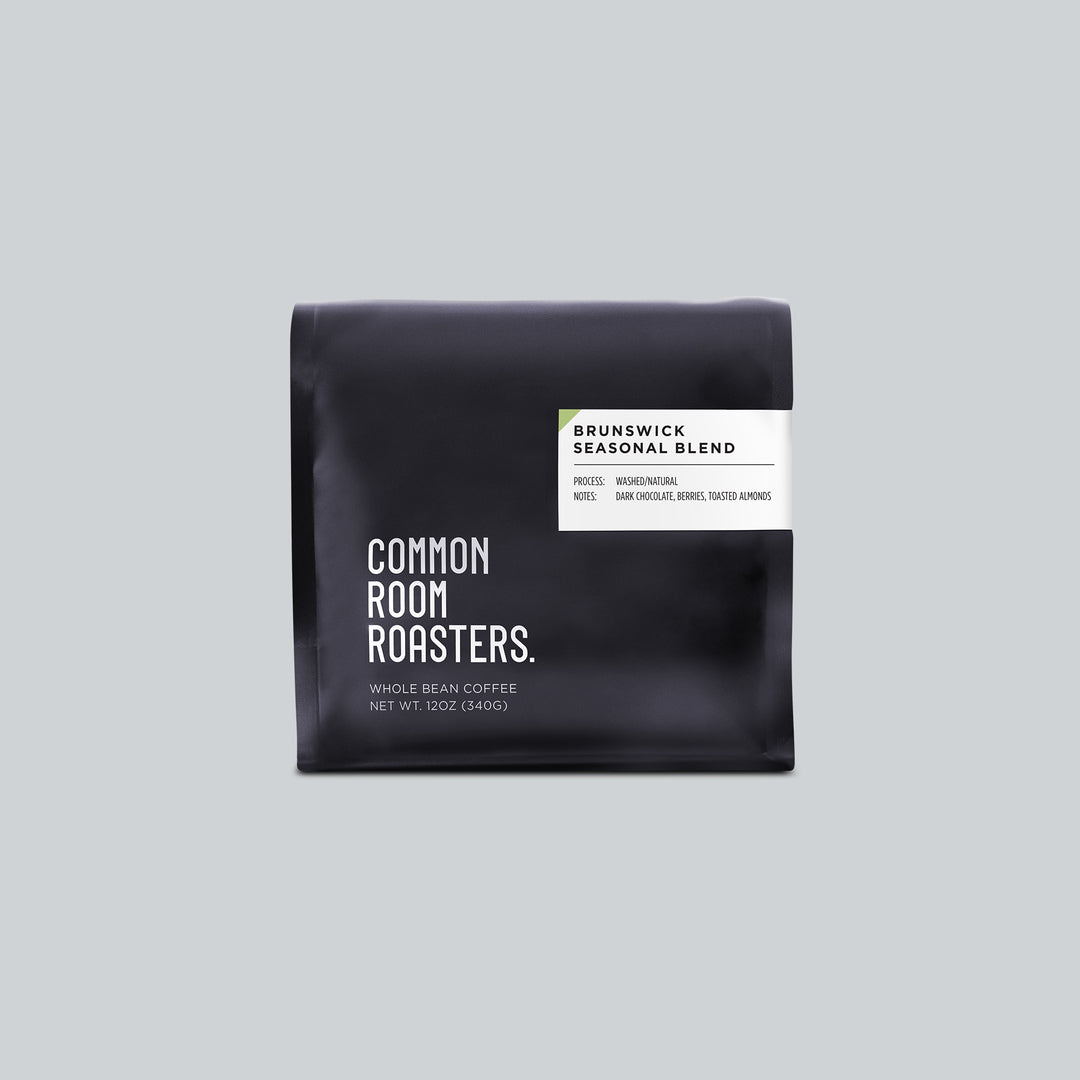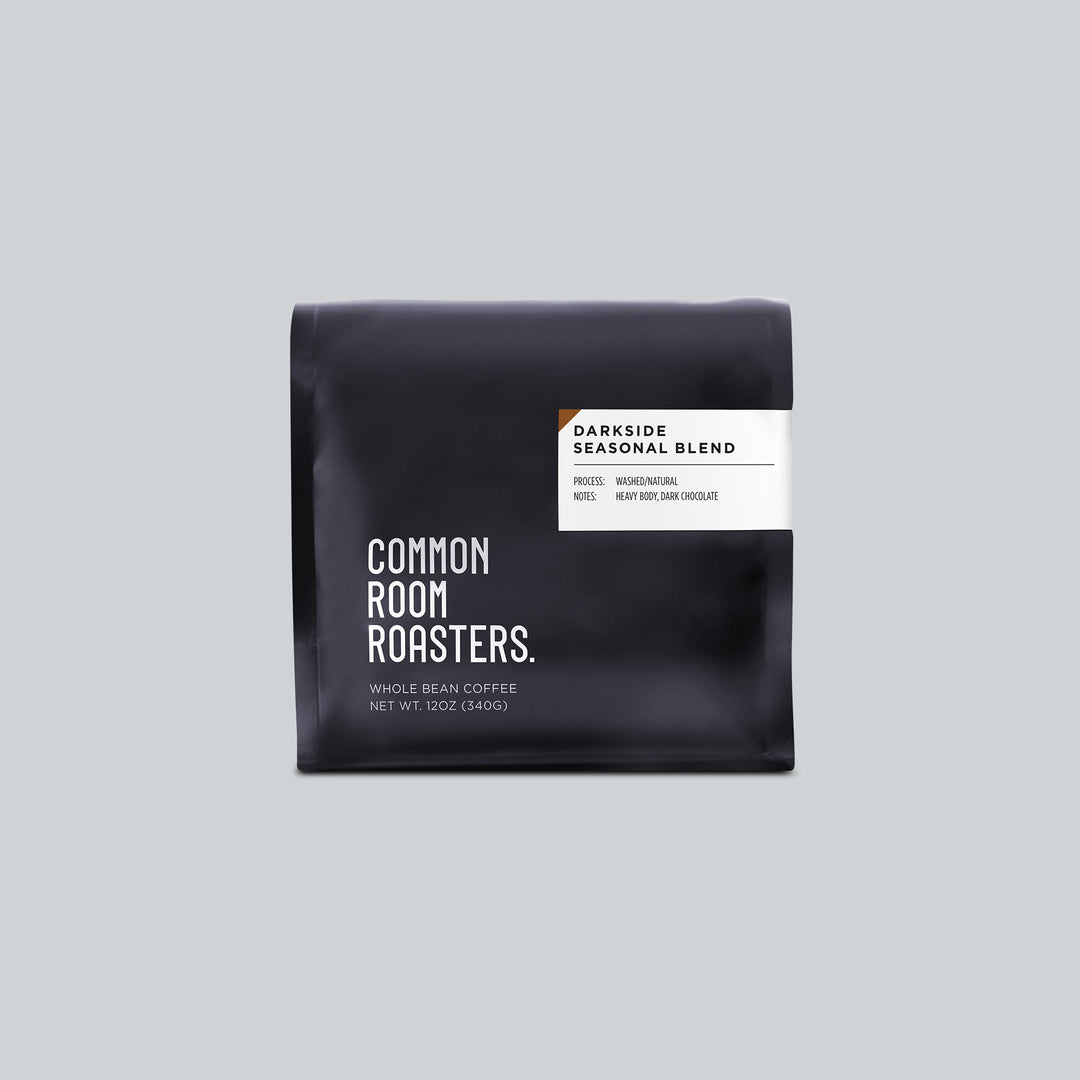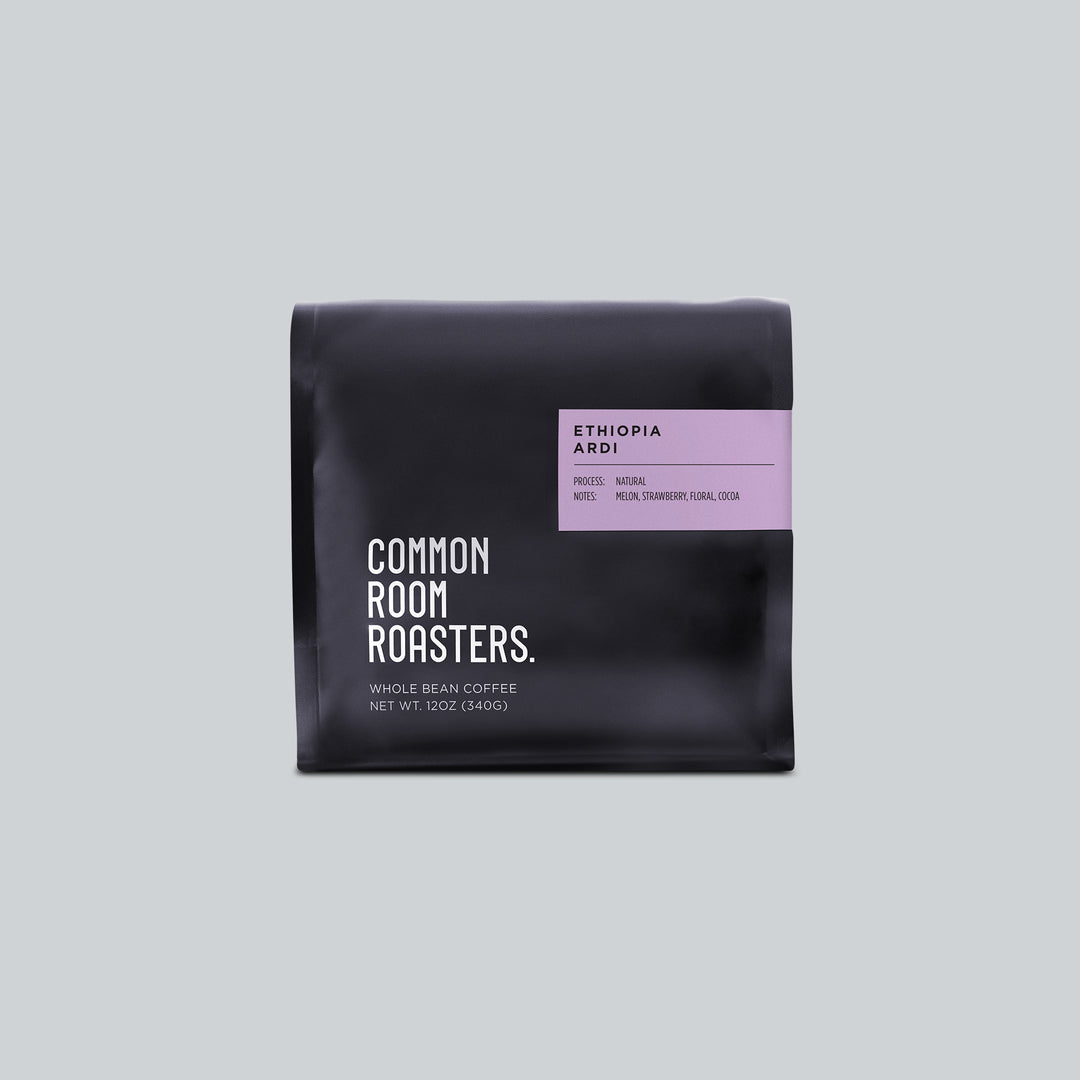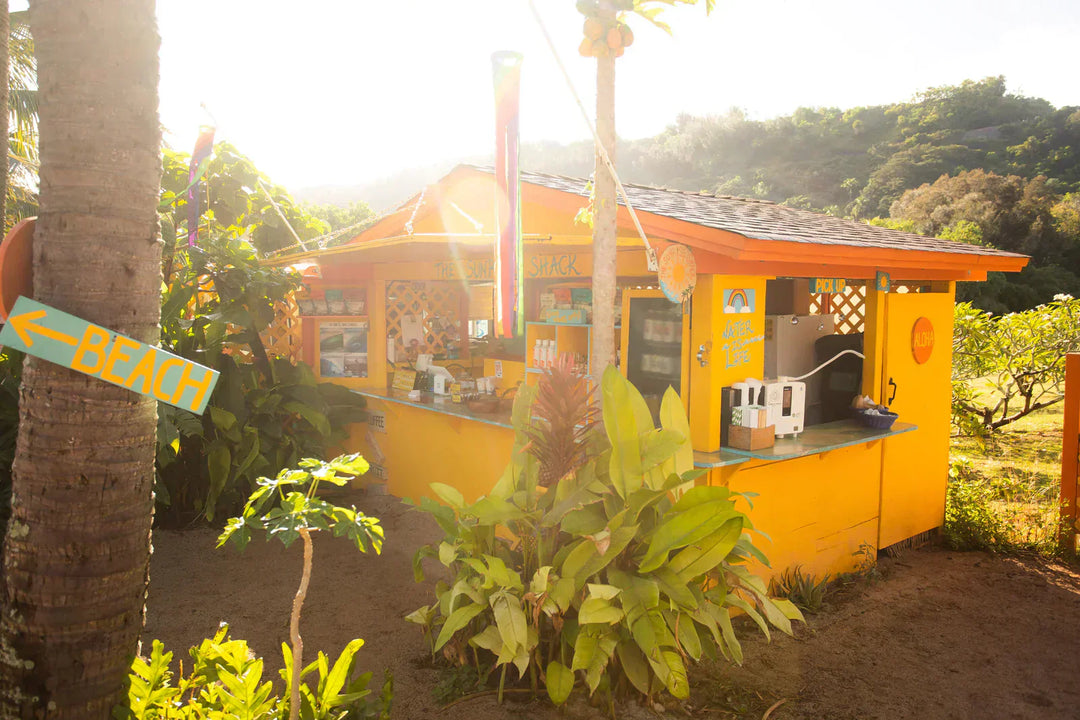Flat White Vs. Latte Explained: What's the difference?
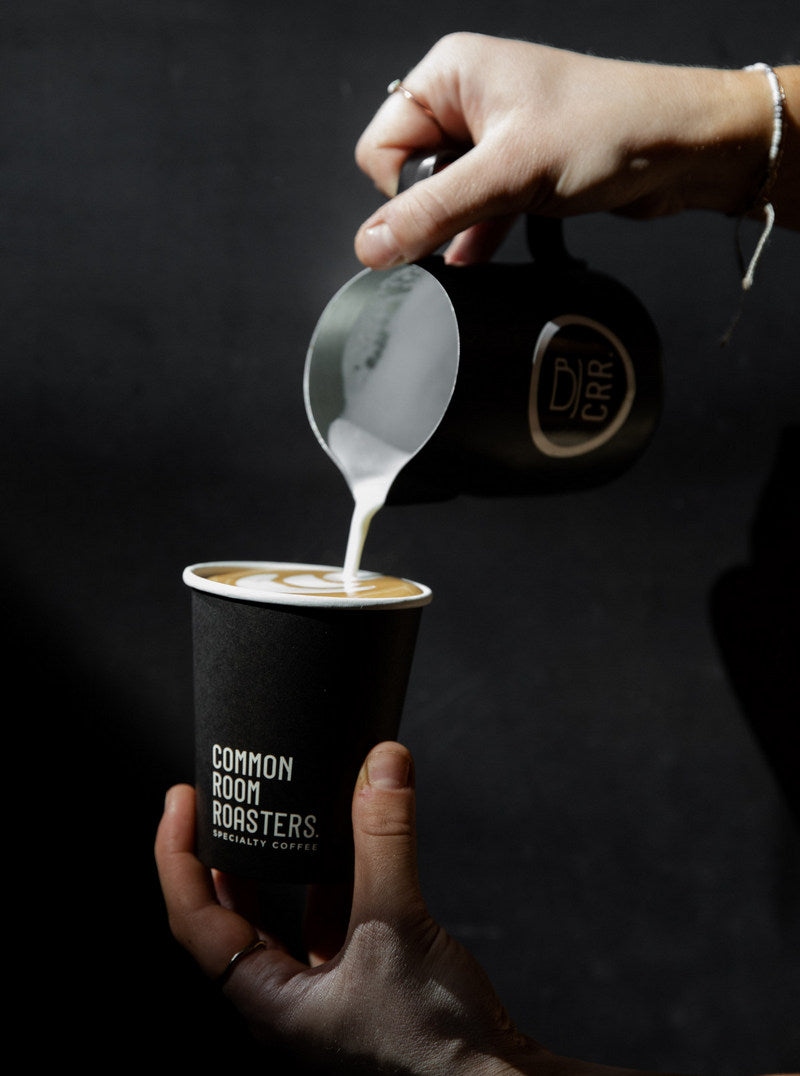
Content
Have you ever walked into a coffee shop and found yourself confused between a flat white and a latte? It can be hard to decide which one to choose without knowing the difference.
Coffee is an increasingly popular beverage. Its consumption increased from 164 million to 166.63 million bags in 2020 and 2021.
For some people, coffee is a means to an end – a jolt of caffeine to get them through the day. But for others, coffee is an experience – a sensory journey that engages all five senses.
In this post, we will explore the differences between a flat white and a latte to help you figure out which drink suits you best. We will also talk about the drinks’ origins so you have a deeper understanding of the drinks and the cultures that have embraced them.
Flat white vs. latte: the quick answer

The definitions can vary depending on who makes the drink. The main difference is that a flat white has less foam than a latte. I'd focus more on determining the ratios of espresso to steamed milk to foam for an ideal drink. You can ask your barista for that, or make it at home and call it whatever you'd like.'
– Jake Safane, founder of sustainability site Carbon Neutral Copy
Flat white and latte are both espresso drinks made with steamed milk, but the difference lies in the texture and ratio of coffee to milk. Flat whites are made with more espresso and less milk, while lattes have more milk and less espresso.
The milk in a flat white is smooth and silky, while the milk in a latte is more bubbly and frothy. The cup size is also different for both. Flat whites are typically served in smaller cup sizes than lattes.
A flat white is for people who prefer a strong and velvety coffee. Those who prefer a mild and foamy coffee will likely find more enjoyment in a latte.
What is a Latte?

A latte, also called caffé latte, is a mild espresso drink for those who like coffee with milk. It consists of a single or double shot of espresso with steamed milk and a 10 mm layer of foam. The coffee-to-milk ratio is less than a flat white, making it a milder and creamier coffee beverage.
The cup size is approximately 200-250 ml, says Rutvik , a caffeine activist at Anabolic Coffee. It is traditionally served in a glass. Moreover, the foam is thick enough not to spill the coffee even if you shake it.
A latte is ideal for people who want the taste of coffee but cannot don’t like the bitterness. It perfectly balances milk and coffee, making it an approachable drink.
Types of Lattes

As the coffee industry has grown, it has modified lattes to cater to different tastes and preferences. Most cafés serve lattes with syrups, flavors , and sweeteners. Here are some of the most popular latte drinks:
- Caffé latte: A caffé latte is the original latte. It is made of espresso, steamed milk, and a small layer of frothed milk.
- Caramel latte: A caramel latte combines a shot of espresso with steamed milk and a generous amount of caramel syrup.
- Mocha latte: A mocha latte is also known as a caffé mocha. It combines espresso, steamed milk, and chocolate powder or syrup.
- Pumpkin spice latte: A PSL or pumpkin spice latte has a blend of pumpkin pie spices. The spice mix can include nutmeg, ginger cloves, cinnamon, pumpkin puree, and more. (This is often marketed as an autumn drink, but will taste delicious year-round!)

- Cinnamon latte: A cinnamon latte is an aromatic drink with earthy spices. Some baristas sprinkle cinnamon powder on top of the latte to add an extra layer of flavor and aroma. The cinnamon can also act as a simple garnish.
- Vanilla latte: A vanilla latte is a popular flavor with a subtle sweetness. It is a latte with added flavoring from vanilla beans, extract, or syrup.
- Hazelnut latte: A hazelnut latte is a nutty and sweet drink. It adds hazelnut milk or flavored syrup to the traditional latte drink.
The Origins of Lattes

The modern usage of latte in reference to a coffee beverage traces back to William Dean Howells' essay titled "Italian Journeys." He was the first to use the term "caffé e latte" in 1867, which literally means "milk coffee." Even today in Italy, if you forget to mention the “caffé” with your “latte” order, you will get a glass of steamed milk .
Some people believe that a latte is an American invention. In 1905, Italian barista Lino Meiorin claimed to have created a latte for customers who preferred something milder.
Even in Italy, the latte was only popular in areas with a large amount of American tourists, says coffee author Kenneth Davids. In conclusion, the history of the latte is complex and involves a combination of Italian and American influences.
What's a Flat White?

Known to be originated from Australia and New Zealand, a flat white is a silkier version of a latte. It has a single or double shot of espresso and micro-foamed milk. The coffee-to-milk ratio is much higher than a latte, making it a more concentrated espresso drink.
It is served in a ceramic cup of approximately 150-180 ml, says Rutvik at Anabolic Coffee. You get a strong flavor of coffee with a delicate 5mm layer of microfoam on top. A flat white is ideal for those who love coffee's bitter and intense flavor. It's a straightforward milky drink that retains the original bold taste of caffeine.
Types of Flat White

A flat white typically has no variation compared to other drinks, such as a latte or a cappuccino. "It's just simple and straight, a flat white," explains Rutvik at Anabolic Coffee. However, some roasters and coffee shops serve their versions of this beverage depending on these factors:
- The type and quality of the beans
- The roasting process
- The milk used
- The barista's technique
- The coffee-to-milk ratio
- Choosing grind size
The essential ingredients and recipe remain the same, with only minor variations in the preparation and execution.
The Origins of the Flat White
The exact origin of the Flat white coffee has been a topic of intense dispute with Australia and New Zealand claiming to have invented it in the 1980s. But the question remains, "Who created it first?" But evidence suggests that the drink evolved in both countries
In Australia, a newspaper article in the 1980s referenced flat whites. It talked about small shops hanging signs that say, "Flat whites only."
But New Zealand claims to have invented it first. A failed attempt at making a cappuccino at Bar Bodega in 1989 led to the invention of a flat white. Another popular roaster, Craig Miller, claims he made a flat white in the mid-1980s in Auckland.
Regardless of its origins, the flat white has become a staple of coffee culture in Australia and New Zealand. Since then, it has gained popularity in other countries as well.
Latte vs. Flat White: Is One Stronger Than the Other?

A flat white has a stronger caffeine punch because of its size and higher coffee-to-milk ratio. It has a more intense coffee flavor that will please any caffeine lover's craving for a bold taste. But a latte is on the creamier side in its texture.
If you like a strong coffee: Order a flat white.
If you like creamy coffee: Order a latte.
The Milk Factor

Milk is a crucial factor in differentiating between a flat white and a latte because their taste depends on it. Here's how:
- Milk texture: In a flat white, steamed milk is used for a velvety texture with little or no foam. But in a latte, the milk is bubbly and frothy, giving it a creamier taste.
- Coffee-to-milk ratio: A flat white has a higher coffee-to-milk ratio because the amount of milk used is minimal. This ratio allows the flavor of the espresso to stand out. For a latte, the higher ratio of milk mellows out the strong coffee flavor.
Flat White Vs. Latte - Final Thoughts

Choosing a coffee drink is essential to get the best caffeine experience. And when it comes to ordering one for yourself, understanding the differences can help a lot.
To sum up, flat whites are small size, concentrated espresso drinks for people who love a strong and bold coffee flavor. Lattes are bigger and milder espresso drinks with more milk and a microfoam layer on top.
But most cafés have their versions of both drinks, so it's also best to ask your barista how they prepare their coffee.
Now that you know the differences between a flat white and a latte, you can visit your favorite roaster or coffee shop and order the one you like best.








